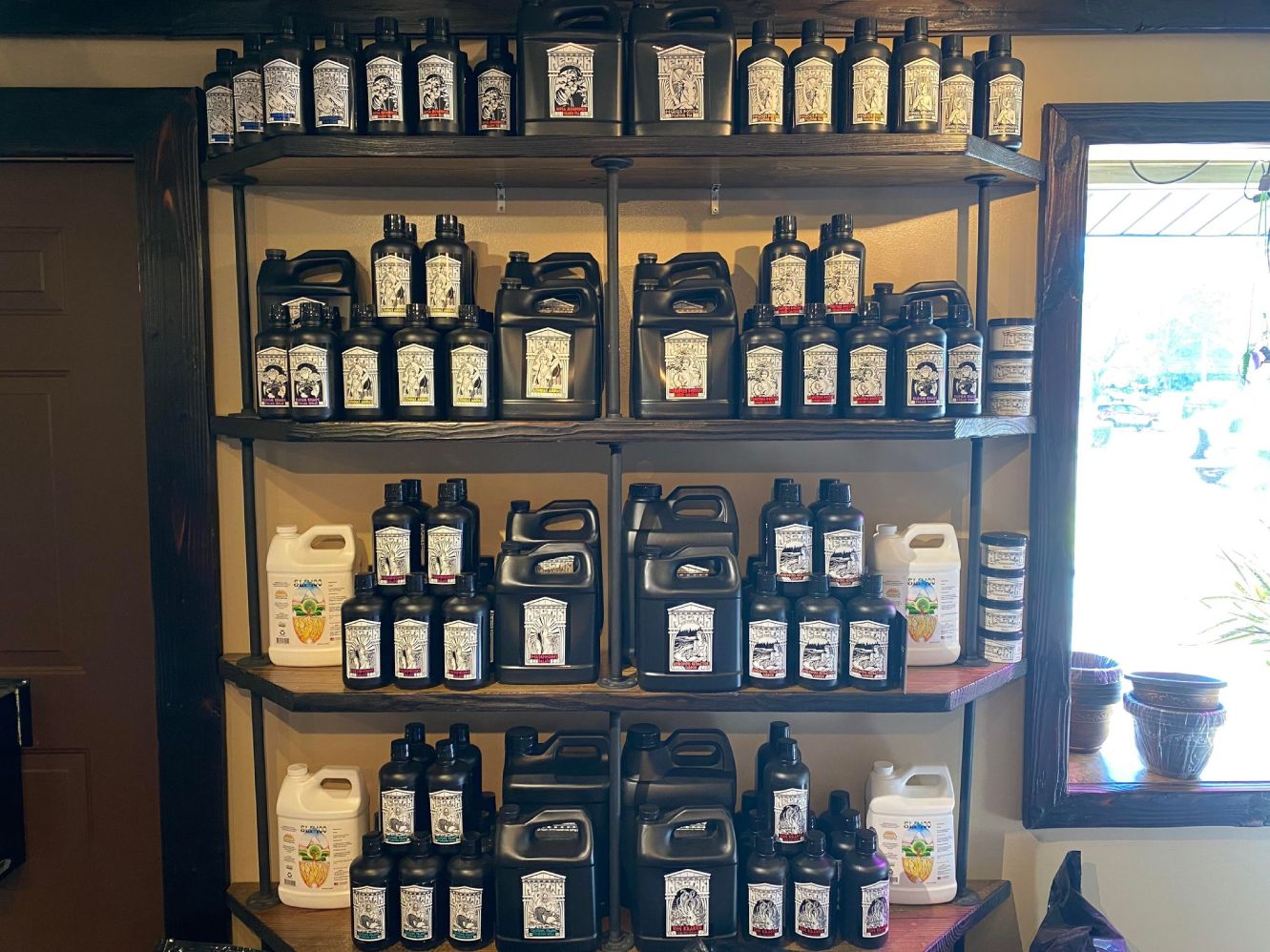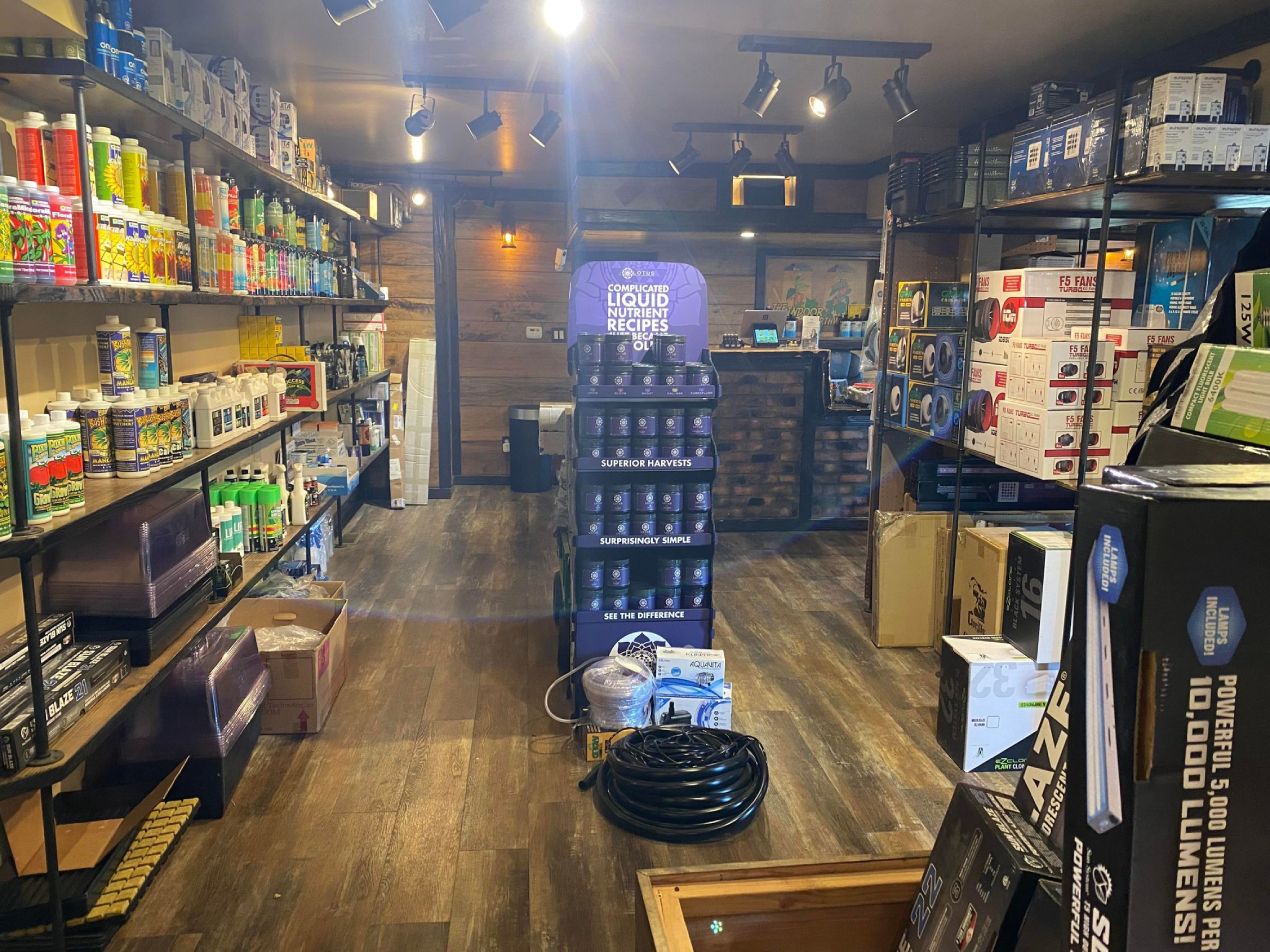Discover the Ultimate Planting Technique: The Indoor Earthworm Approach
Discover the Ultimate Planting Technique: The Indoor Earthworm Approach
Blog Article
Study the Globe of Hydroponics: Exploring Numerous Types
Within the world of hydroponics exists a diverse selection of farming methods that use unique benefits for expanding plants without soil. As we start this exploration of numerous hydroponic systems, we will reveal the ins and outs of methods like the Nutrient Movie Technique (NFT), Deep Water Culture (DWC), Wick System, Ebb and Flow (Flood and Drain), and Aeroponics. Each approach provides an unique technique to supporting plants in a soil-less environment, promising advancement and performance in the realm of modern farming.

The Nutrient Movie Method (NFT)
The Nutrient Film Technique (NFT) is a hydroponic system that entails a continual circulation of nutrient solution over plant roots in a thin film to promote reliable nutrient uptake. This technique uses a superficial stream of water which contains liquified nutrients, permitting the plant roots to have continuous access to the needed aspects for growth - The Indoor Earthworm. The nutrient solution moves along the base of the channel, contacting the origins and then draining away, offering a very oxygenated setting vital for root health
One of the key advantages of the NFT system is its water effectiveness. Because the nutrient service is recirculated, it requires much less water compared to traditional soil-based horticulture. Additionally, the regulated environment of the NFT system minimizes the danger of nutrient inequalities and diseases, bring about much healthier plants. Nonetheless, this strategy requires careful monitoring of pH levels and nutrient focus to make certain ideal plant growth. On the whole, the Nutrient Movie Technique is a preferred option amongst hydroponic enthusiasts as a result of its simpleness, performance, and space-saving design.
Deep Water Culture (DWC)
Among the different hydroponic systems utilized for cultivating plants, Deep Water Society (DWC) stands out for its easy yet efficient style. In a DWC system, plants are placed in web pots, allowing their origins to dangle straight right into a nutrient service. This service is oxygenated utilizing air pumps and air stones to ensure that roots get an ample oxygen supply. The trick to success in DWC is maintaining the correct oxygen degrees in the nutrient option to protect against origin rot and advertise healthy and balanced plant development.
Additionally, the straight accessibility to oxygen and nutrients permits plants to uptake what they need extra efficiently, frequently resulting in faster growth prices and greater returns contrasted to standard soil growing techniques. Controlling water temperature level and preventing algae development in the nutrient option are important factors to consider when executing a DWC system.
Wick System
In hydroponic cultivation, the Wick System is a passive technique that allows plants to prepare nutrition solution via capillary activity. This system is straightforward and suitable for newbies as a result of its simpleness. It contains a growing tray filled with an inert medium like perlite or vermiculite, where plants are put. A wick, normally made of materials like cotton or nylon, expands from the expanding tray into a reservoir filled up with the nutrient option. The capillary action of the wick enables the nutrient solution to move from the tank to the expanding tray, my latest blog post making certain a continuous supply of nutrients to the plants' roots. One of the benefits of the Wick System is its inexpensive and ease of arrangement. It might not be ideal for bigger plants or those with high nutrient demands, as the easy nature of the system can lead to unequal vitamins and mineral circulation. Generally, the Wick System provides a reliable and easy way to exercise hydroponic gardening.
Ups And Downs (Flood and Drainpipe)
Checking Out the Ups And Downs (Flood and Drain) system supplies insight into a dynamic hydroponic technique that rotates between flooding and draining the plant origins with nutrient solution. This system runs by periodically flooding the check out here plant containers with a nutrient service from a tank and afterwards enabling the excess solution to drain back. The procedure is generally regulated by a timer to make sure normal flooding cycles, supplying the roots with oxygen More Help as the service declines.
Ebb and Circulation systems are functional and can suit different plant dimensions and types. The routine flooding aids provide nutrients directly to the roots, improving nutrient uptake performance.
This method is popular amongst hydroponic fanatics for its efficiency, versatility, and simpleness to various plant demands. With correct monitoring and maintenance, the Ups and downs system can support durable plant development in a controlled hydroponic environment.
Aeroponics
Utilizing a high-pressure misting system, Aeroponics is a sophisticated hydroponic method that suspends plant roots in an oxygen-rich environment to promote ideal nutrient absorption and vigorous development. Unlike other hydroponic strategies, which immerse roots in water or a nutrient remedy, Aeroponics provides nutrients straight to the roots through a fine haze. This mist is splashed at regular intervals, making sure that the roots receive a consistent supply of water, oxygen, and nutrients.

One of the vital benefits of Aeroponics is its ability to take full advantage of nutrient uptake while lessening water usage. By supplying nutrients straight to the roots, plants can absorb them extra efficiently, leading to faster growth prices and higher returns. Additionally, the oxygen-rich setting created by the misting system boosts root advancement and aids avoid origin diseases.
Aeroponics is especially well-suited for growing leafed greens, herbs, and various other plants that thrive in aerated settings. The Indoor Earthworm. Its efficient usage of sources and ability to promote quick growth make it a prominent selection for hydroponic enthusiasts seeking to attain optimal results
Verdict
Finally, hydroponics provides a series of cutting-edge strategies for expanding plants without dirt. From the nutrient movie strategy to deep water society, each method has its own advantages and challenges. By understanding and utilizing these various types of hydroponic systems, individuals can explore brand-new opportunities for lasting farming and take full advantage of plant growth in controlled atmospheres.

Report this page